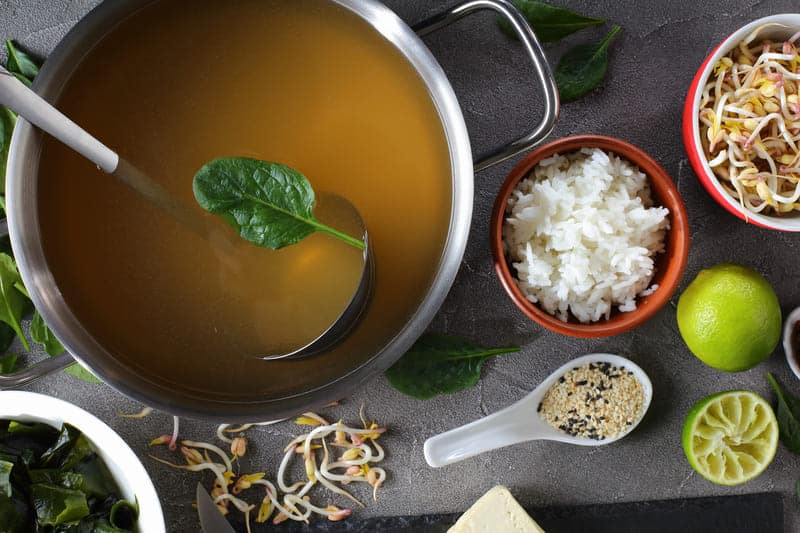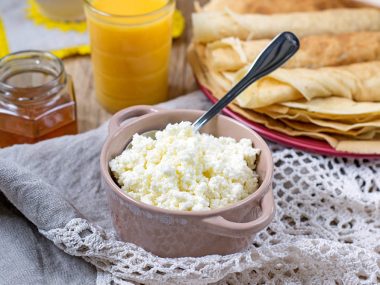Dashi is a very popular combination of broths which is an essential part of Japanese cuisine. It has been a main component of Japanese dishes since the 17th century.
The term dashi refers to a variety of broths made from a combination of different ingredients, which are then boiled in warm water.
Dashi gives a dish a strong distinct flavour. It is rich in minerals, amino acids and a variety of vitamins as well as having weight loss and anti-aging benefits.
Dashi forms the basis of main dishes such as miso soup, clear broths, noodle broth soups, hot pots and stews.
It helps to accentuate the flavour of the dish, which in Japanese dishes is called unami.
Unami is one of the five basic tastes and has a strong savoury characteristic as well as a meaty fish-like flavour.
It can also be used as a flavouring and coating for dried or grilled foods, like takoyaki.
It is normally made of four different ingredients. The combination is:
- Kombu (Dried kelp, which is brown algae seaweed)
- Katsubushi (Dried bonito flakes)
- Niboshi (Dried anchovies and sardines)
- Shiitake mushrooms
Although all four ingredients are used to make dashi, the same flavour can also be replicated with just a few of the ingredients in any combination.
Dashi usually takes 20 minutes to prepare by boiling the ingredients in water. If you prefer a very rich and deep flavour, the process can take a bit longer.
By soaking the ingredients in water for a while, it will extract the flavour from the ingredients which are in a dry state.
However, this is not always necessary and a normal dashi is quite easy to make. It is not any more time consuming than making other stocks.
Also check: 10 Best Miso Paste Substitutes
Dashi Substitutes
Although dashi is an essential part of most Japanese dishes, it may not always be suitable or accessible for a dish.
Luckily there are many good and cheap substitutes for dashi for those who do not like its flavour or do not have access to it or have strict dietary restrictions.
1. Chicken Broth
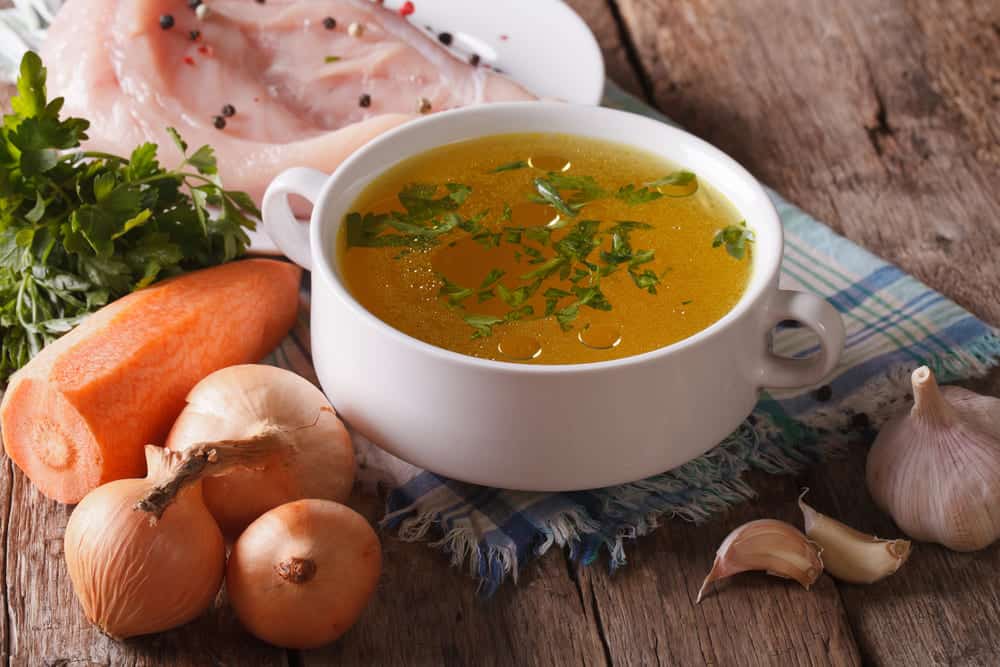
To create your substitute, remove all of the meat from the bones, then add the bones to water and boil for 10 to 20 minutes.
You can season as you wish. One cup of chicken broth is the equivalent to one cup of dashi, so the measurements for this substitute do not need to be altered.
Although chicken broth is a very good and quick alternative to dashi, it does not have the same fish-like undertones so your broth may taste quite different.
2. Monosodium Glutamate
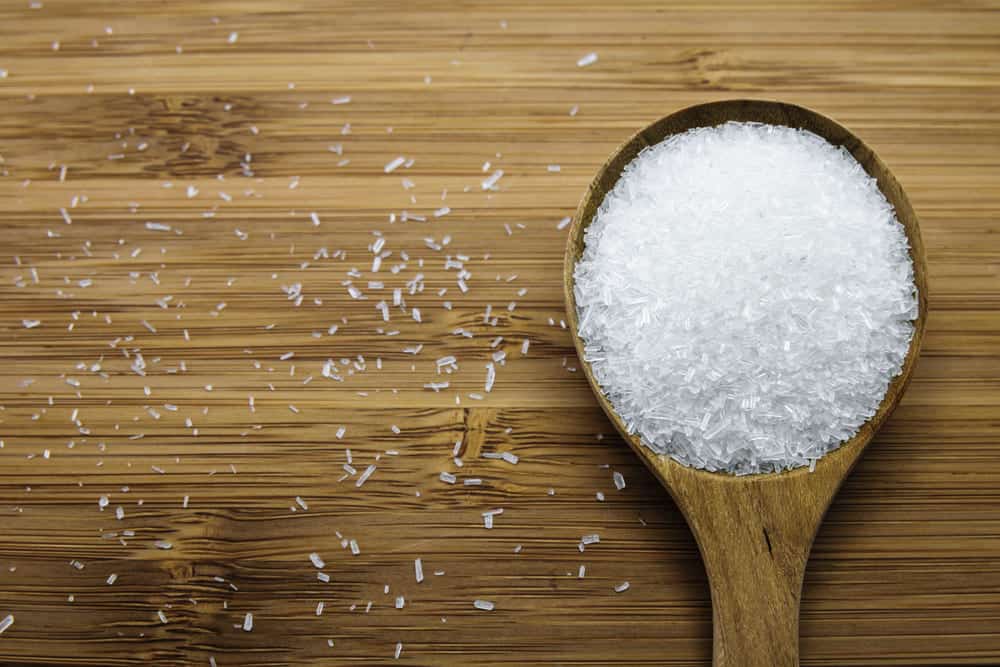
MSG is quite similar to miso as it is a product of fermentation. It is made from various ingredients like soy beans, sugar and corn starch.
MSG normally comes in a powder form, which can be bought from most supermarkets. It is very simple to use, just simply add MSG to some boiling water and mix it in to the broth.
This results in a pretty similar flavour to dashi. The measurements of MSG are slightly different, where one tablespoon of dashi is the equivalent to two tablespoons of MSG.
3. Shiitake mushrooms
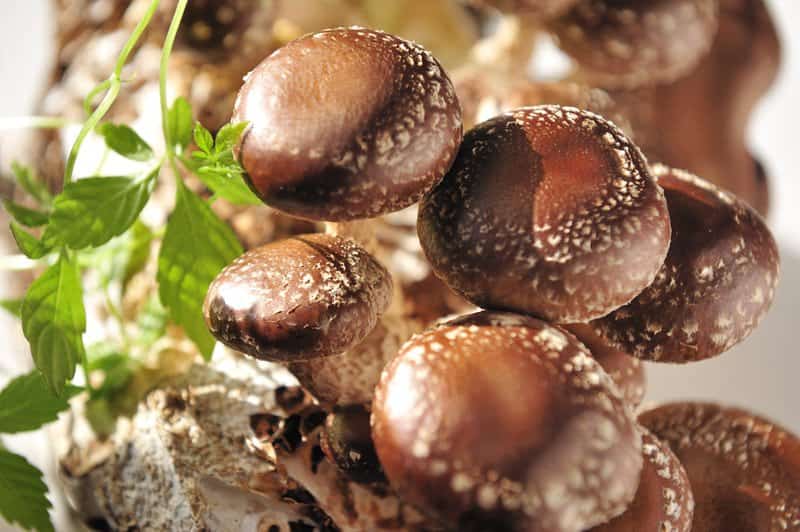
Using shiitake mushrooms is one of the best alternatives for dashi as it is suitable for vegans.
Simply simmer around three mushrooms in hot water for 10 to 30 minutes or until each mushroom is soft. For one mushroom, use around 100ml of water in the pan.
To get the best and richest taste, leave your shiitake mushroom broth to rest for six hours in the fridge to enhance the unami flavour. However, this is not essential and will only slightly enhance your dish.
However, using shiitake mushrooms as a broth substitute for dashi can result in a very unique flavour, so it is not advised to use it in things like mushroom soup as the overall taste will be overpowered by mushrooms.
4. White fish
Again, dashi can be made by just replicating one of its core components. Katsubushi, one of the main ingredients, is actually made up of dried white fish so using white fish as a dashi substitute can be a very good replica.
When using white fish as a substitute, make sure the fish that you use is white, non-oily and does not have a particularly strong flavour. The best types of white fish to use are catfish, halibut, cod, bass, or haddock.
To create the broth, simmer the fish bones and fish head in boiling water for around 30 minutes to create the fish-like base flavour of dashi.
One cup of white fish broth is the same as one cup of dashi, so the measurements of water do not need to be altered.
5. Shellfish
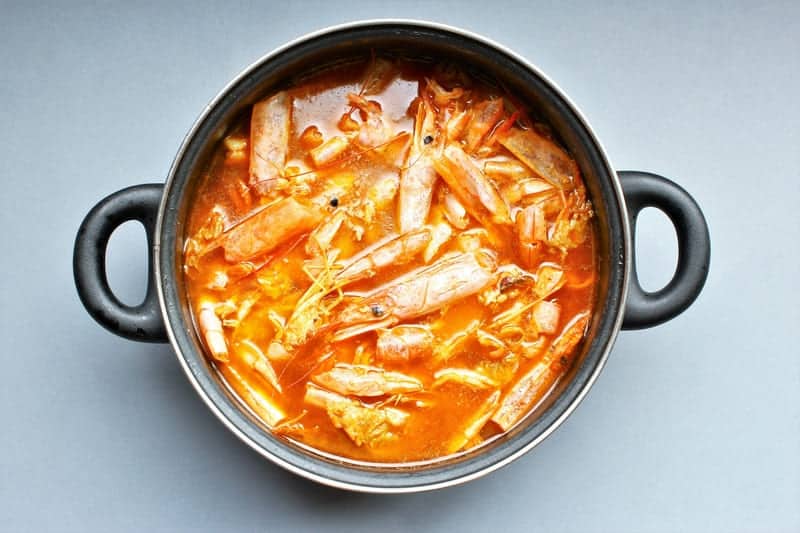
The best shellfish to use is scraps of prawn and shrimp as they share the same flavour as the meaty parts of the fish and it uses up any leftover bits you may have.
Cook the scraps in a pan with some garlic for 10 minutes before simmering them in water for an hour.
Before serving the broth, make sure you sieve it through to prevent any shell from entering the dish.
One cup of shellfish broth is the same as one cup of dashi, so the measurements of the water used does not need to be altered.
However, with the cooking, simmering and then sieving, the process can take some time.
Also, despite replicating a strong fish-like flavour, the shellfish broth often lacks taste so black pepper and thyme may have to be added to the broth to achieve the unami of dashi.
6. Soy sauce
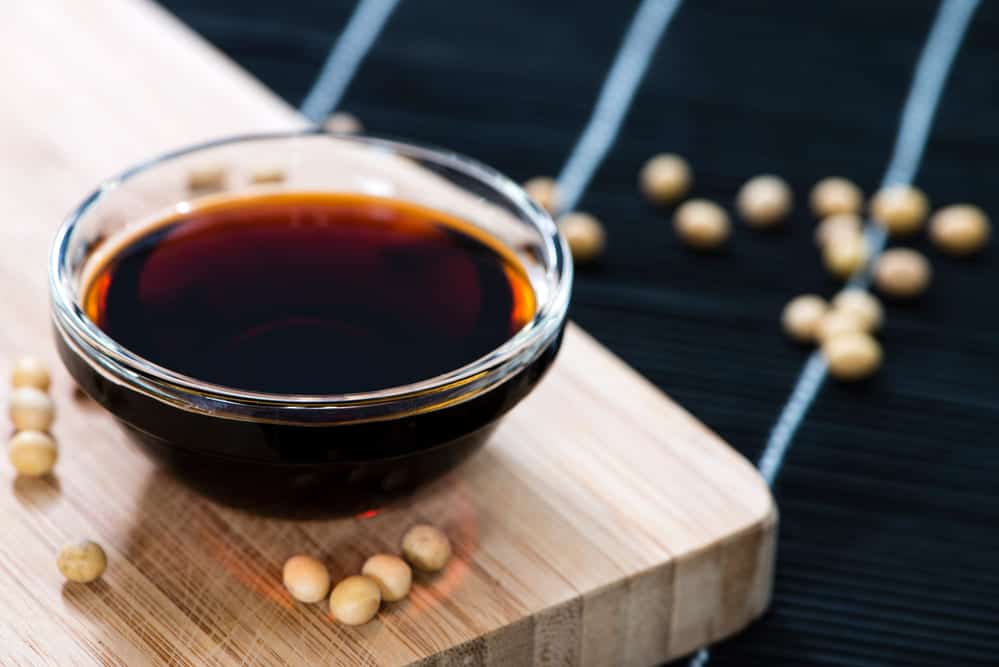
However, although it has a good unami it is not exactly the same as dashi and reproduces a different – but flavourful – broth.
Dashi is a lot saltier than soy sauce so you may need to double the amount of light or dark soy sauce that you use.
However, do not be alarmed if your broth does not look quite the same as it does with dashi because soy sauce can turn the broth in to a more dark brown-like colour.
7. Seaweed
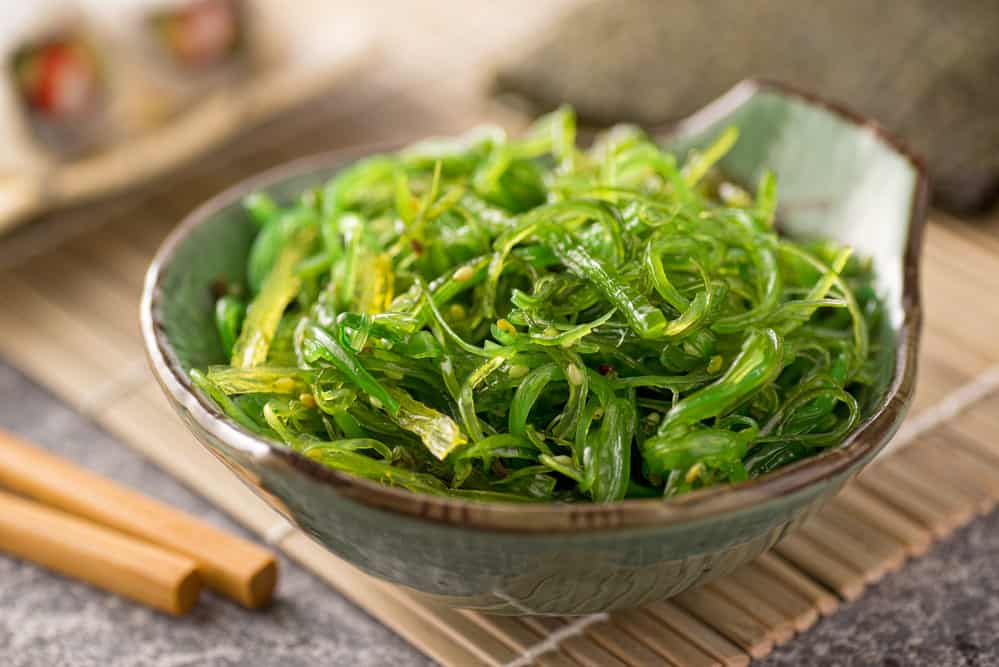
Seaweed is a very simple and healthy alternative and it is also vegan; it gives the same salty fishy flavour as dashi does whilst also being suitable for different dietary requirements.
To make this broth, just wash your seaweed and then put it in water for 10 to 30 minutes and leave it to boil to create your broth.
8. Salted kelp
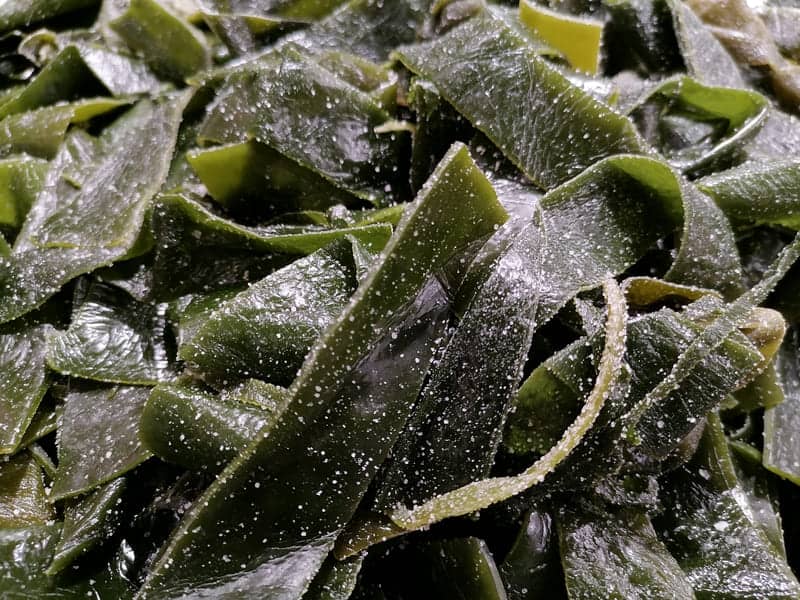
For salted kelp, let it stew in boiling salted water for 20 minutes to create a broth. It is a great replica for dashi as it has a strong salty flavour.
It is very affordable and can be bought at most Asian supermarkets and it can be enjoyed either hot in stews or cold over salads.
9. Katsubushi
This alternative is another case of isolating one component of dashi to get a similar result.
Katsubushi is another term for dried bonito flakes, which is a type of fish similar to mackarel and tuna.
The dried flakes can result in a great fishy base much like dashi. Katsubushi is also a great alternative because it is quick to use and can easily be purhcased in most Asian stores.
To make your broth, sprinkle 1 to 3 teaspoons, depending on how strong you want the flavour, into boiling water to replicate one cup of dashi. Once the flakes have dissolved, your replica dashi is ready.
10. Cubed broth
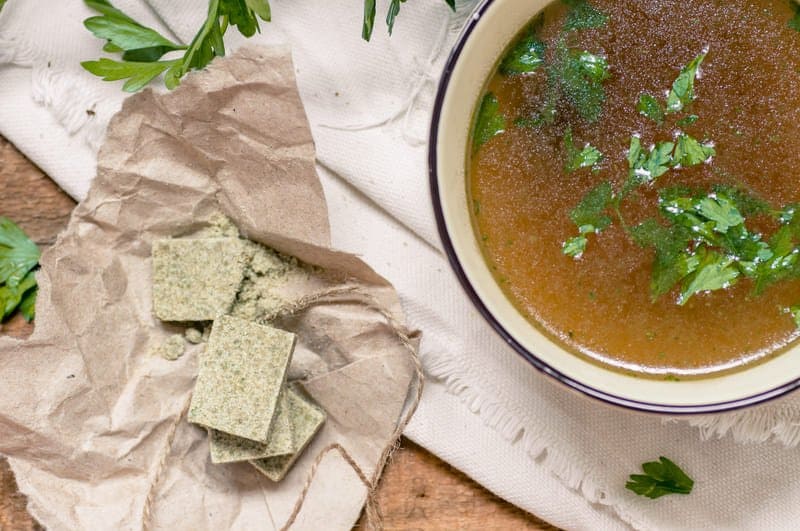
The cubes come in a variety of different flavours. For a replica of dashi, the best options to use are either chicken, fish or shrimp cubes.
It is advised to avoid beef broth because the flavour can easily overpower and dominate the desired dashi taste.
To create your replica dashi, just mix one cubed broth into boiling water and stir. This process can take between 3 to 5 minutes as you must wait until the cube has dissolved in the water.
It is advised to double the amount of water you would use for a dashi as cubed broth can produce a very salty taste so needs to be slightly watered down. If not, your desired outcome will not
This is a very simple alternative to dashi, but may not be the most desirable as it appears just like stock.
Cubed broth comes in a variety of flavours – the best options are chicken, fish and shrimp. It is advised to avoid beef broth as it can easily overpower and dominate the desired dashi taste.
Just mix a cubed broth with boiling water and stir. This can often take around five minutes, but it is advised to double the amount of liquid as cubed broth can produce a very salty taste, which is quite different to your desired outcome.
Is dashi the same as miso?
Dashi can often be mistaken for miso, however, the two are not quite the same. Unlike dashi, miso is a fermented food which is made by adding salt and koji to either rice, soy beans and barley. It normally comes in a paste form.
Miso and dashi share a similar taste of saltiness and both have a subtle hint of sweetness, but miso also has a sour tang.
It can be quite difficult to replicate the flavour of dashi, but miso is a very good substitute. It is an easy and quick alternative.
If you add a little bit of fish sauce to your broth, it becomes an even better substitute for dashi.
